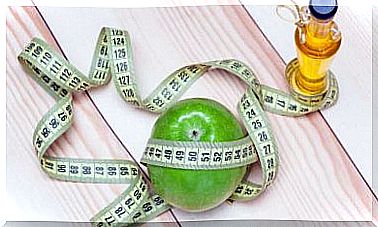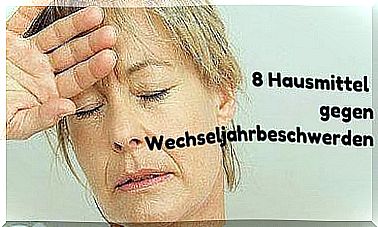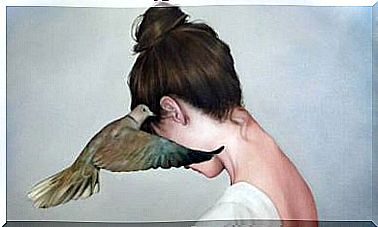How Do You Recognize A Stroke And: What Then?
If you know how to recognize a stroke, you should also know what to do in order to get the best help quickly to the person affected.
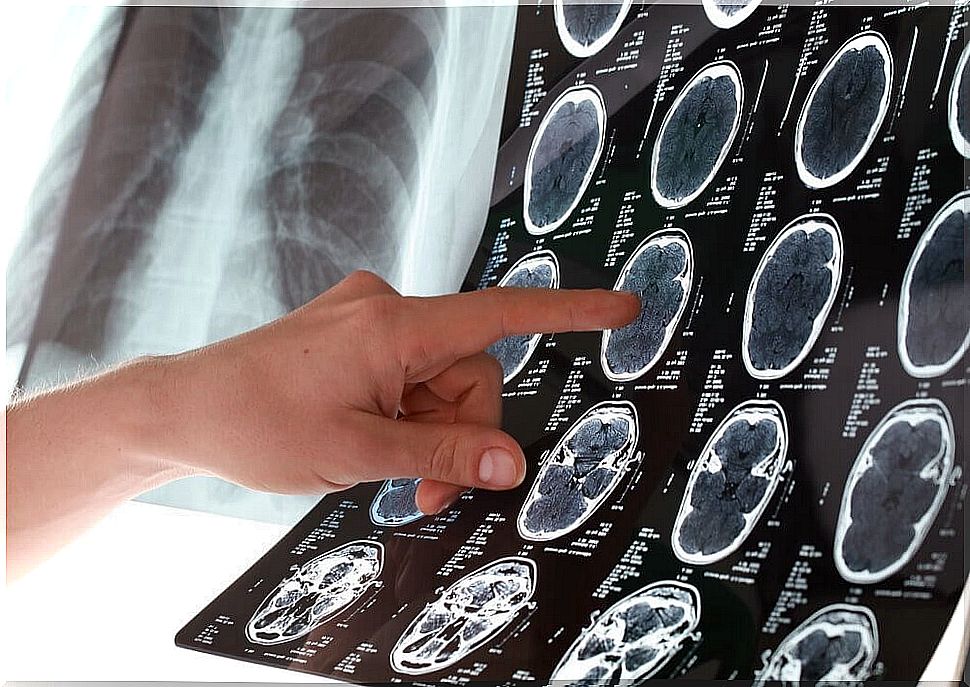
Recognizing a stroke correctly and in good time is already “half the battle”. Getting the right treatment for a stroke after it is diagnosed is just as important. Find out today what a stroke is, what distinguishes it from a heart attack, how to recognize a stroke and what to do as soon as possible.
What is the difference between a stroke and a heart attack?
You can tell from the name what distinguishes a stroke from a heart attack: the word “heart” is missing. In the event of a stroke, areas of the brain are no longer properly supplied with oxygen and nutrients and are thus disturbed. If this condition of insufficient supply persists over a longer period of time, the “little gray cells” can also die off completely and the information stored there is lost.
This can lead to permanent failures in movement, speech or other functions. If a stroke patient is helped quickly and in good time, the disturbed areas of the brain can usually regenerate and perform their function again after a certain period of time. Not infrequently, however, damage remains.
There are two common causes of poor oxygen and nutrient levels in areas of the brain. One, very simple, is clogged blood vessels. This is caused by a thrombosis or hardening of the arteries. More rarely, a stroke is caused by bleeding that occurs directly in the brain. Even if arteriosclerosis (“hardening of the arteries”) occurs mainly in older people, babies can also suffer a stroke because it can occur in any age group.

How does a stroke show up?
As mentioned earlier, stroke patients have different symptoms. However, even if you have the slightest suspicion, you should make sure that medical help arrives and that the person concerned is examined in detail for a stroke as soon as possible. The following symptoms often indicate a stroke:
paralysis
It does not have to be a complete paralysis, a reduction in strength is also possible. It is characteristic here that the paralysis or reduction in strength occurs suddenly and is limited to only one side. This particularly affects the arms or legs. But the corner of the mouth hanging down on one side or a one-sided facial paralysis can also occur.
Numbness
This symptom also occurs suddenly and only on one side: numbness in the face and other parts of the body. A furry, tingling feeling comes on suddenly and without cause.
Visual disturbances
The person affected suddenly sees double, blurred or only very limited vision. Complete blindness can also occur. These visual disturbances usually recede, but are very serious signs of a stroke!
Speech disorders
The language suddenly becomes indistinct and sounds “washed out”, words or syllables are repeated, and there are long pauses between the individual words or even just syllables. Sometimes there is also a total loss of speech.
Loss of expression
Affected people lose the ability to express themselves meaningfully, to name things or to speak completely meaningless and incoherent things. Patients can suddenly no longer say what they want and seem to have forgotten the meaning of words.
Understanding disorders
Stroke patients sometimes suddenly lose the ability to understand language or instructions. Things that you ask them to do are either not implemented at all or implemented incorrectly.
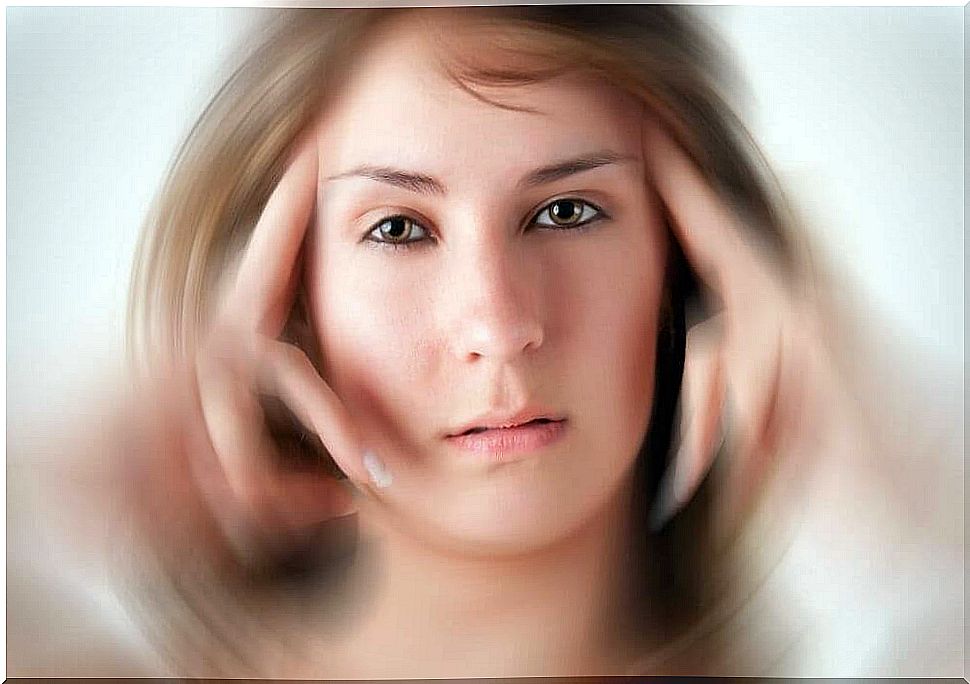
Balance disorders
Sudden dizziness always indicates insufficient oxygen supply in the brain. Often it is just a result of low blood pressure, but a stroke can also lead to dizziness and impaired balance. Affected people begin to lose their balance, stagger or fall for no reason.
unconsciousness
Loss of consciousness is also a symptom of stroke. Since so much can be behind unconsciousness, a doctor should always be called to determine the cause!
a headache
If the stroke is triggered by a cerebral haemorrhage, this becomes noticeable as a particularly severe, sudden, usually one-sided headache. These headaches are much stronger than any previously experienced headache and an alarm signal that should be acted upon immediately!
What to do in the event of a stroke
Very important: get help very quickly ! The sooner and faster an affected person gets help, the more of his brain substance can be kept functional! The following really applies here: “Time is brain”! The emergency number is 112 throughout Europe. Call them and explain that you suspect you or someone else is suffering from a stroke.
Until medical help is near, stay with the patient, calm him down, raise his upper body a little and help him open or take off tight clothing. Please do not give food or drink under any circumstances! If you are unconscious, lie on your side and check your pulse regularly. If the pulse can no longer be determined, immediately start resuscitation measures, with which you please continue until the doctor is there!
